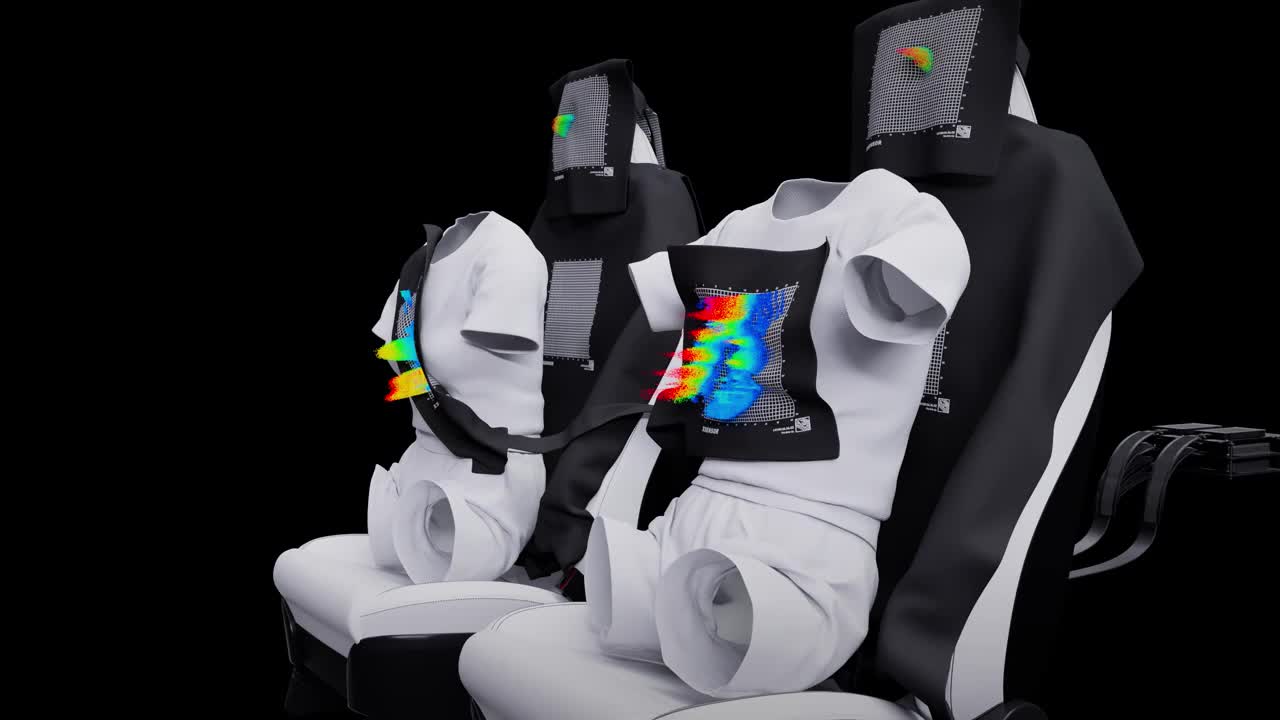
How Sensors Measure Impact Force
Science is a wonderful thing, capable of giving us insight into the biggest of cosmic processes and the smallest of incidents. When it comes to sensors and impacts, it can also deliver finely grained, time-sensitive data that helps us make the best decisions about health and safety.
Over the last several decades, sensor technology has advanced considerably. Today, sensors are an excellent tool for measuring compressive forces – from a vehicle crash to how a foot hits the pavement.
Let’s look at some of the most common questions related to impact forces and sensors and consider their role in your life and business.
What Is Impact Force?
Most of us understand an impact, but it has a specific definition. An impact is when two or more bodies collide with considerable force, enough to create a shock. While two objects in a slower collision still create force, they do not create an impact in the strict definition of mechanics.
Impacts occur in violent situations such as car crashes or falls, but they also constitute the stuff of everyday life. Think of a package falling on the ground or an athlete landing on two feet. Even these proportionally less dramatic incidents still create a compressive force, meaning the ability to measure that force has real-world applications.
Calculating the force of an impact is relatively simple if you are, say, a physicist. If you are not, however, it’s a little tougher – and in either case, there’s no way to measure force simply by watching an impact occur. The human eye cannot follow the events of an impact because they occur too quickly.
That’s where pressure sensor technology comes in. So why use sensors to measure impact forces?
Why Measure Impact Force?
Measuring compressive force offers information for a range of industries. Possible applications include vehicle crashes or heel strikes. These events occur very quickly but apply high levels of variable force in that time. More specifically, sensors are instrumental in the following:
Athletics
Athletes operate at a very high level of mechanical efficiency, or that’s true in an ideal situation. How they walk, run, lunge, turn or otherwise move has a bearing both on their performance and on their health, and sensors can help measure all of these.
Vehicle Crash Tests
In a high-speed impact, lots of forces occur at lots of different places. This affects the inside and outside of the car; the structures in the vehicle, such as the seatbelts and seats; and the passengers. Sensors that measure force can help illustrate what’s happening during a crash.
Packaging Drop Tests
Want to make sure your packaging actually protects the items within? Drop tests require sensors that capture data quickly and accurately, so you can use that information to make engineering decisions.
Impact Force Sensor Options
Are you wondering about the various options for impact force measurements? Here are three of the most common.
Load Cells
A load cell is a type of force sensor that measures applied force through weight. Scales use load cells, for instance; sensors can leverage the same technology to measure impact shocks.
Strain Gauge
Another tool for force measurement, a strain gauge, uses resistors to track changes in pressure. Technically, it converts weight, tension, pressure, and so forth into electrical resistance, which is a measurable metric.
Impact Force Sensor
An impact force sensor is a type of transducer that converts one form of energy to another. In this case, an impact force sensor is a transducer that changes the physical energy represented by pressure or weight into an electrical signal that you can measure.

Hallmarks of a Good Sensor
How do you know you’re using the right sensor technology system? Here are some signs.
Discreet Sensor Technology
Technology should mesh comfortably with the application. If you're testing vehicle impacts with crash test dummies, it’s not necessary to take comfort into account. However, it is important in tests on human subjects, which might change their behaviour in response to discomfort.
For instance, consider athletes. When measuring their strides or heel strikes, you need the least obstructive sensor technology possible. If people feel something in their shoes, they will change their performance, compromising the data you’re gathering.
High Data Capture Rate
Plenty of events occur too fast for the human eye to follow. More importantly, though, plenty of high-speed events happen too fast for sensors to follow if they aren’t gathering information quickly enough.
An impact lasts a very short amount of time, and if you only gather five data points on the impact curve, you may not have enough info to make good decisions. To truly illustrate a curve, you need 10, 15, 20 points or more – and that comes down to how quickly data is captured.
Integrated Systems
Sensor technology must mesh seamlessly with the software. Otherwise, you can’t transform data points into meaningful pictures and numbers that help you make decisions.
Let XSENSOR Help Guide Your Sensor Applications Today
XSENSOR’s cutting-edge sensor technology checks all the boxes. With instant capture rates, combined hardware and software systems, and discreet technologies that enable you to work without interference, it has everything you need to take your impact tests to the next level.


